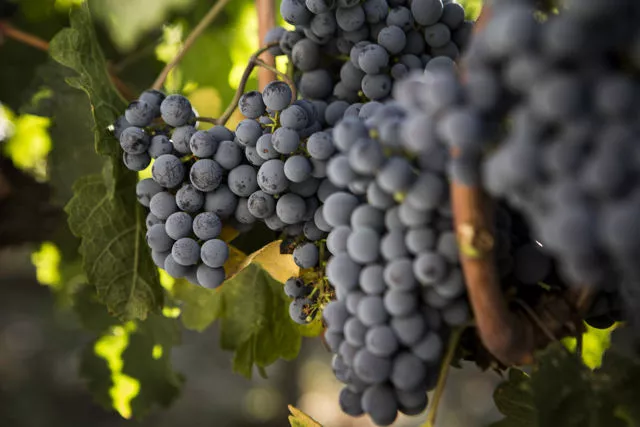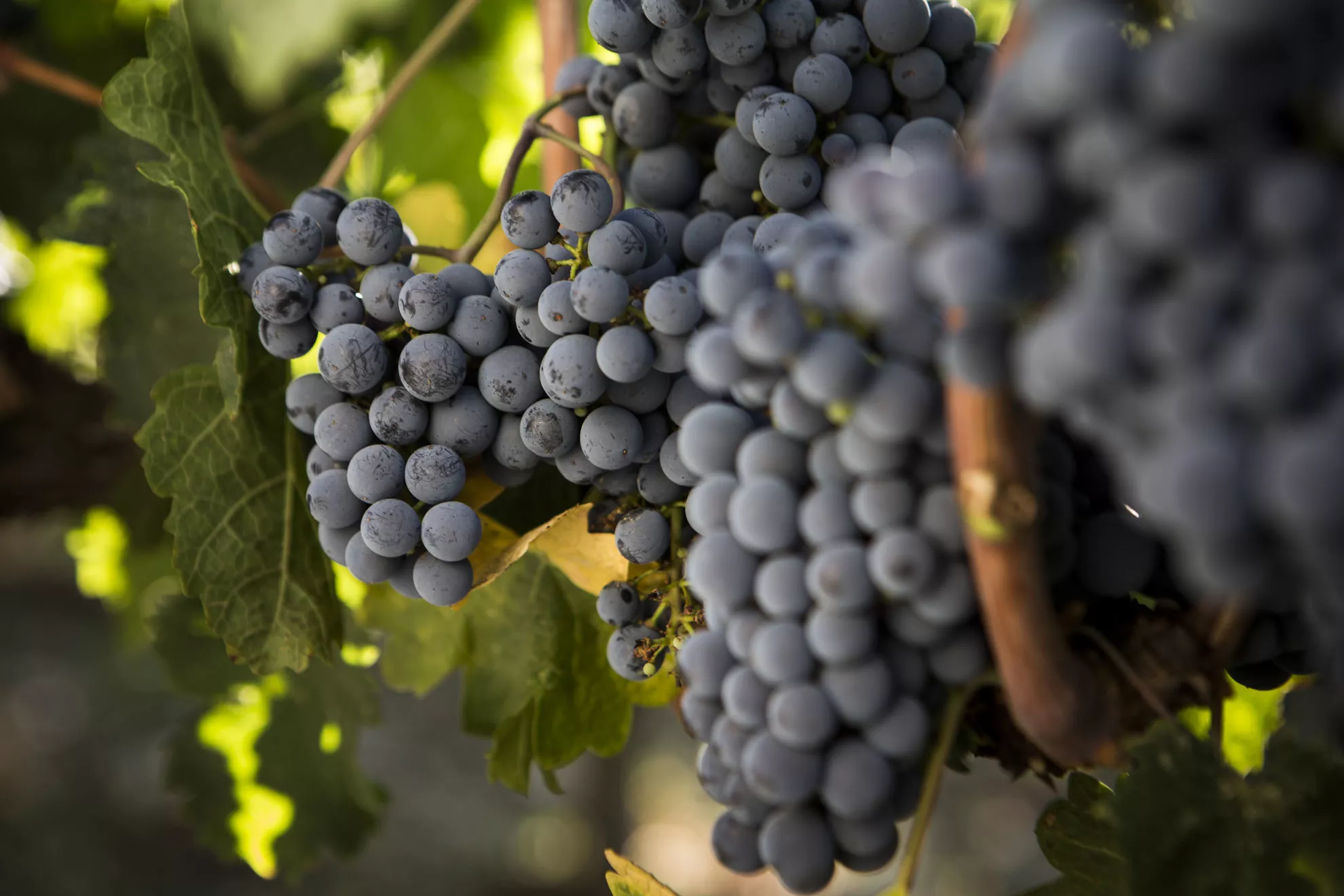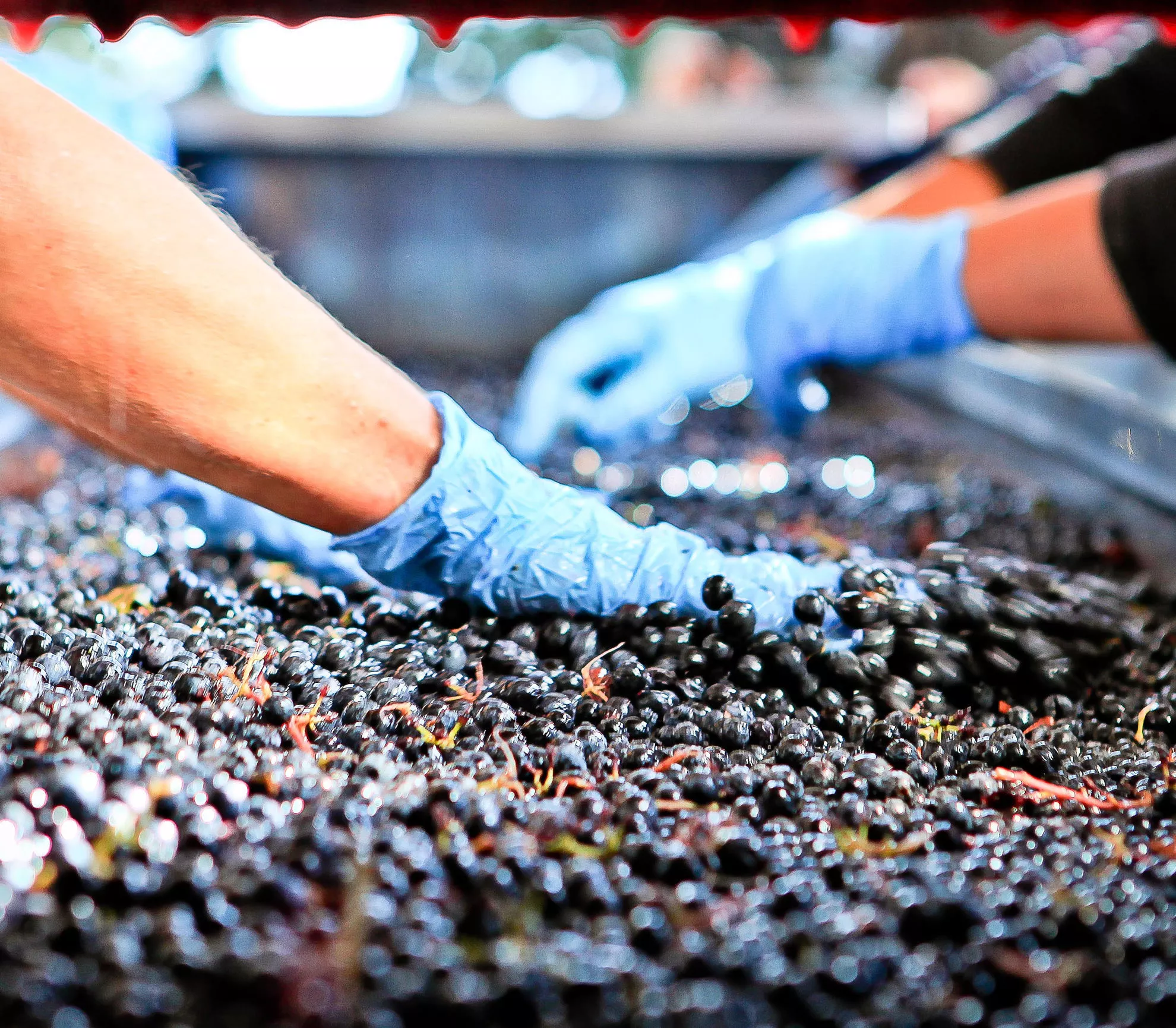
Wine tannins: Guide to tannins in wine
Tannins is a topic often discussed... but why should we be interested in tannins when it comes to wine? Wine tannins are key components that contribute to the organoleptic profile of wines. They determine the structure, astringency, and influence the wine's evolution. Let's discover more together!
What are Tannins in Wine?
Tannins are a group of chemical compounds classified as polyphenols. They are produced by plants as a defense mechanism against predators and pathogens and are naturally present in grapes and consequently in wine. They have a high antioxidant power, which is of significant interest in winemaking because it allows for limiting and slowing down the interactions between the wine and oxygen, ensuring a slow and gentle evolution of the wine over the years.
What are grape tannins?
Wine tannins primarily reside in two areas of the berry: the skin and the seeds (pips).
From the moment the grape is crushed, the skins and seeds come into contact with the pulp of the berry and slowly release these substances into the juice.
There are grape varieties that naturally concentrate a higher amount of tannins in their grapes. However, these levels can vary depending on the growing conditions, climate, terroir, and winemaking techniques.
Some varieties known for the high tannin concentration in their grapes are Nebbiolo, Sagrantino, Petit Verdot, and Tannat.


Tannins in wine: what is it used for?
In addition to their effect on the evolution of wine, tannins are also very important for their organoleptic characteristics.
It is important to emphasize that the concentration of tannins is not necessarily an indicator of the quality or pleasantness of a wine because the perception and effect of tannins depend on their evolution, integration, and balance with other components of the wine.
There are many factors that determine the tannin content of a wine, with the main ones undoubtedly being the grape variety and its ripeness.
It should be noted that each grape variety has an individual and characteristic tannin concentration, and the related astringency can vary greatly depending on the level of ripeness achieved by the grapes before harvest.
During ripening, tannins evolve by combining and increasing in size. The larger the molecules, the less tannin content we will perceive in the wine.
The winemaking process can also influence the tannic taste of the wine. In white winemaking, where the contact between the pulp and the skins is minimal, only a small portion of tannins can dissolve into the must. In red winemaking, on the other hand, where the maceration phase can last for days or weeks, we have a much more significant extraction.
Other factors that affect the presence of tannins in wine and therefore its tannin content include:
-
Fermentation temperature
-
Frequency of pump-overs (pumping the grape must over the skins)
-
Duration of maceration
Wines obtained from longer maceration periods are generally intended for long aging in wood, where they undergo a very slow dissolution of oxygen, which reacts with the wine's tannins, resulting in a gentle evolution, a softening of the taste, and reduced astringency.
How do tannins affect the taste of wine?
Tannins contribute to the structure and body of the wine. If well-ripened and present at an appropriate concentration, they can give a sense of fullness and consistency in the mouth during tasting.
But the sensation most often associated with tannins is astringency, which is the feeling of dryness and adhesion experienced on the palate and taste buds.
This is the primary sensation when discussing the tannic taste of wine or the degree of astringency.
Does white wine have tannins?
Tannins are also present in white wines, although in much lower concentrations compared to red wines.
Often, white wines are produced to be fresh, aromatic, and with a light sensation in the mouth. In such cases, producers may prefer a lower extraction of tannins to maintain these distinctive characteristics.
An exception is represented by white wines aged in wood, such as Pomino Benefizio, which, in order to achieve optimal evolution, requires a slightly higher tannic content compared to other white wines.
info@frescobaldi.it |+39 055/27141